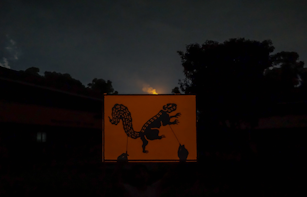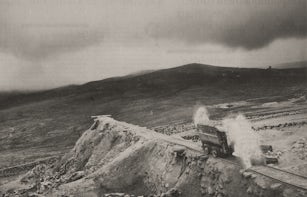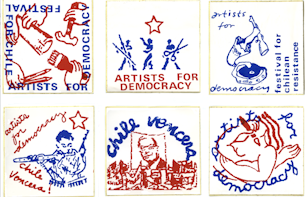Yayoi Kusama: Infinity Mirror Room – Jo Applin in conversation with Briony Fer – video online
On 22 November 2012, we launched the most recent addition to Afterall’s One Work series, Infinity Mirror Room — Phalli’s Field, with a conversation between the author Jo Applin and art historian Briony Fer. You can watch a video recording of the event here.
On 22 November 2012, we launched the most recent addition to Afterall’s One Work series Yayoi Kusama: Infinity Mirror Room — Phalli’s Field with a conversation between the author Jo Applin and art historian Briony Fer.
Almost a half-century after Yayoi Kusama first exhibited her installation Infinity Mirror Room — Phalli’s Field (1965) in New York, the work remains challenging and unclassifiable. Shifting between Pop-like and Surreal, Minimal and metaphorical, figurative and abstract, psychotic and erotic, it seems to embody what the 1960s were about, while at the same time rejecting the prevailing aesthetics of its time. In our most recent One Work book Jo Applin examines its ongoing importance in the context of Kusama’s ‘obsessional art’ and discusses its relationship to contemporary theory and the practice of artists involving environments, ‘eccentric abstraction’, play, sexuality and softness. The conversation between Applin and art historian Briony Fer elaborates upon and discusses some of these themes.
Jo Applin is Lecturer in the History of Art Department at the University of York. Her book Eccentric Objects: Rethinking Sculpture in 1960s America was published earlier this year. Briony Fer is Professor of History of Art at UCL, author of The Infinite Line: Re-making Art After Modernism and a specialist in the work of Eva Hesse.
Yayoi Kusama: Infinity Mirror Room — Phalli’s Field is part of the One Work series of books, each of which presents a single work of art considered in detail by a single author. To order the book, please visit The MIT Press website or your nearest independent bookshop.
This event was a collaboration between Afterall and Central Saint Martins Fine Art Research.


